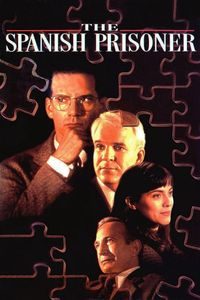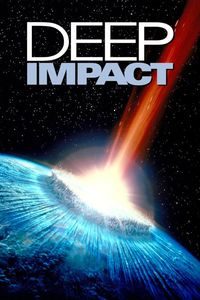The Ringworld Throne, Larry Niven
Del Rey, 1996, 355 pages, C$8.99 mmpb, ISBN 0-345-41296-6
They say that there’s a difference between saying “it sucks” and “it didn’t work for me.”
Let’s try it.
The Ringworld Throne didn’t work for me because first of all, I was bored stiff by it. Somehow, it seems that since… oh… 1980, Larry Niven has forgotten his previous success as a straight storyteller, and has settled in a comfortable position of Science-Fiction Elder. The result is that most of his single novels (he’s still okay in collaborations, with exceptions: See The Gripping Hand) are interminable, peculiar, monotonous and lifeless. The sense of boundless fun to apparent in the early Niven work has virtually disappeared. As a result, we readers have to slog through more that half The Ringworld Throne before something interesting happens. And when something does happens, it’s still unimpressive. Even though we eventually get to something approaching a conflict about the whole Ringworld, the setup is so flat that the whole book itself becomes dull. The focus, most of the time, remains on the small problems of a few humanoids on the Ringworld.
The Ringworld Throne didn’t work for me because it didn’t grab my interest in the characters. For a third book in a series, you would think that we would spend a lot of time with the characters of the previous novel. Not so. By the time perennial Niven favorite Louis Wu makes a substantial appearance, we’ve had almost two hundred pages of assorted travels with new, underdeveloped characters. We never care for them, Niven never cares for us. There’s a dramatis personae at the end, but it’s irrelevant since all characters seems to condense in a single nameless mass. While Wu is on stage for some time, it doesn’t seem enough. Even Wu’s usual verve seems almost extinguished this time around.
The Ringworld Throne didn’t work for me because it didn’t use its setting to its full potential. Admittedly, this has always been a problem with the Ringworld series: While the concept of a ring around the sun large enough to accommodate the landmass of a zillion planets seems promising enough, how do you make an interesting story about that? The suspicious plotting in Ringworld and The Ringworld Engineers only highlighted this. I’ve never been too fond of the unlikely aspects of the Ringworld series (Teela Brown bred for luck? Please. Rishathra? Puh-lease!) and The Ringworld Throne takes an almost childish delight in bringing these concepts back and harping on them. The final result is the use one of the biggest object ever imagined to tell a over-padded story of warring tribes. Ugh! I’d rather read something about Ian Bank’s Orbitals.
The Ringworld Throne didn’t work for me because, as if it wasn’t enough yet, it’s almost a fantasy novel that could have taken place anywhere else. I’m not sure we really needed “vampires” and “ghouls” on Ringworld. Perhaps Niven should have taken this little neat idea(s) of his for a third Ringworld novel and stuffed them into a little black box safely hidden away. I won’t shy away from calling this a bunch of words with only scant legitimacy to the Ringworld succession. Bad idea, bad execution, bad, bad novel.
Oh heck, I’ve given it a shot. Now let’s call it like it is:
The Ringworld Throne sucks.


